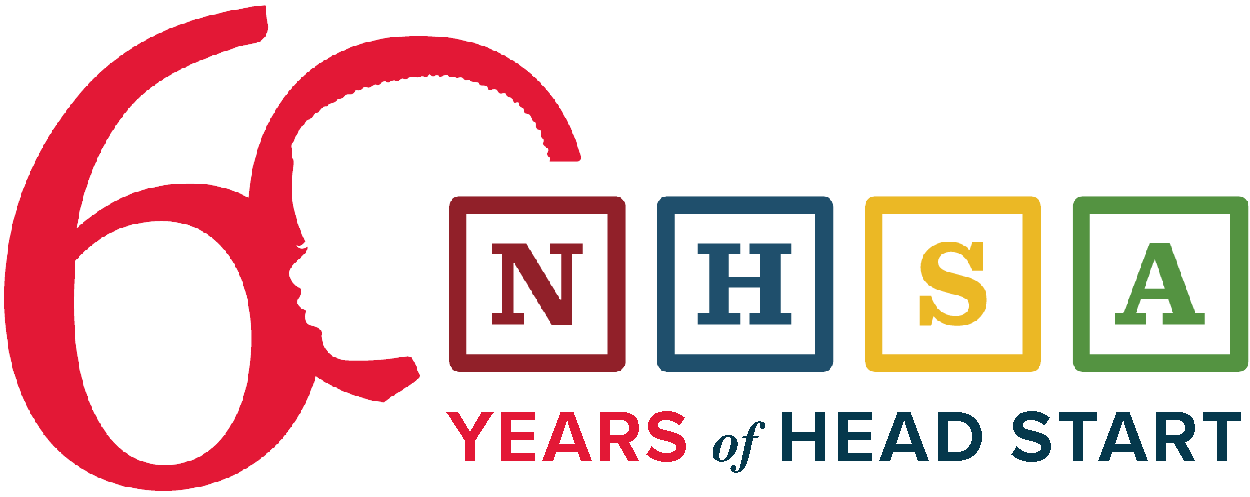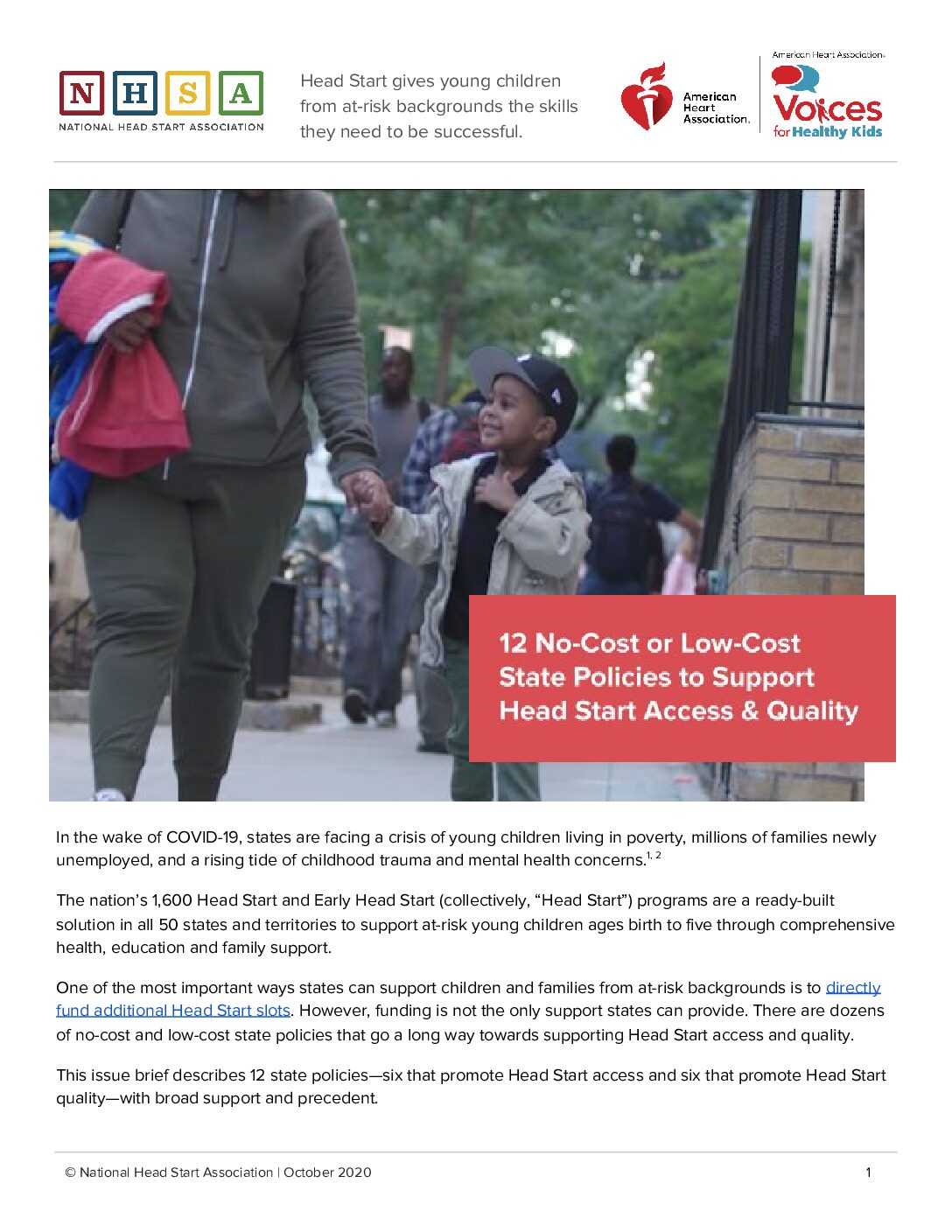States are facing a crisis of young children living in poverty, millions of families newly unemployed, and a rising tide of childhood trauma and mental health concerns. The nation’s 1,600 Head Start and Early Head Start programs are a ready-built solution in all 50 states and territories to support at-risk young children ages birth to five through comprehensive health, education, and family support. One of the most important ways states can support children and families from at-risk backgrounds is to directly fund additional Head Start slots. However, funding is not the only support states can provide. There are dozens of no-cost and low-cost state policies that go a long way towards supporting Head Start access and quality.
This issue brief describes 12 state policies—six that promote Head Start access and six that promote Head Start quality—with broad support and precedent.
Expanding Access to Head Start |
Supporting Head Start Quality |
|---|---|
| 1. Coordinate Head Start and state pre-K enrollment | 7. Expand mental health consultation and support in Head Start |
| 2. Support summer programming in Head Start | 8. Achieve pay parity between pre-K teachers in Head Start and those in public schools |
| 3. Expand outreach to and prioritization of children experiencing homelessness | 9. Strengthen early elementary partnerships t o sustain gains from Head Start |
| 4. Use contract child care subsidy slots to support targeted Head Start access and support child care partnerships | 10. Promote blending, braiding, layering, and integration of Head Start funds with other funding sources |
| 5. Issue state-level guidance and plans on kinship care and Head Start | 11. Expand data partnerships to support collaboration with state early childhood systems |
| 6. Expand transportation funding and partnerships | 12. Codify effective and innovative Head Start and Early Head Start models |

